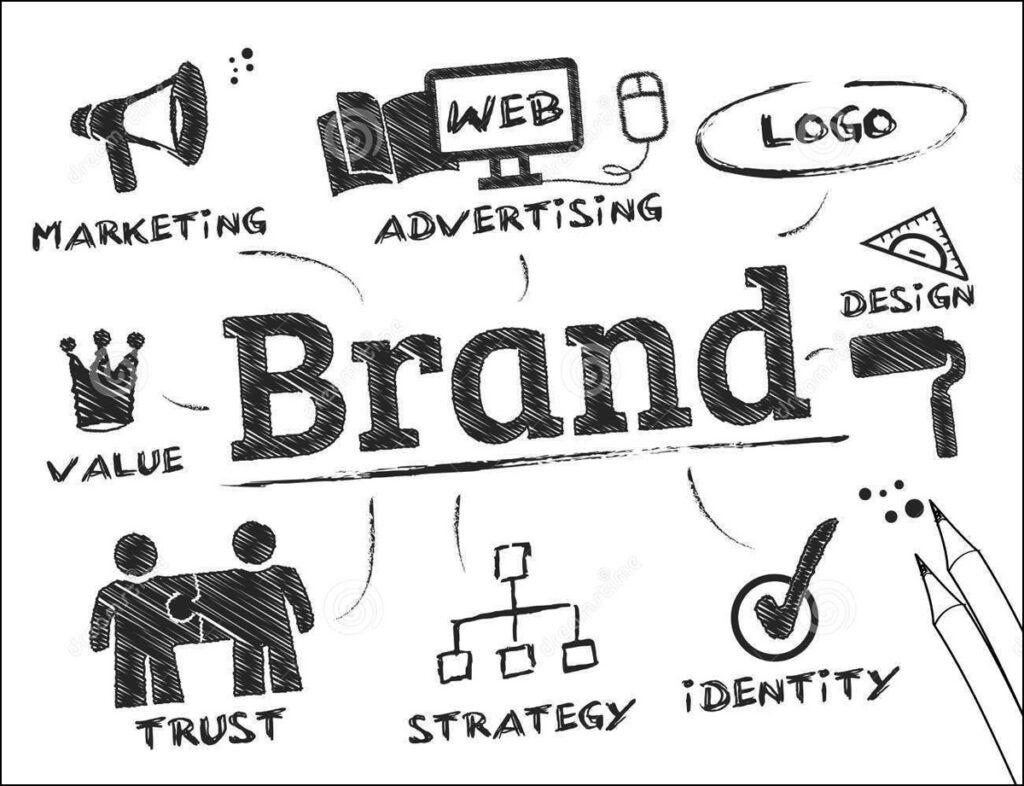The Complete Guide to Rebranding Your Energy Company
Written on: March 8, 2019 by Melissa Bellas
Branding is often overlooked, especially in the propane, heating oil, HVAC and home comfort industries. This is understandable—with expenses tied to fleets, equipment and staff, little budget is left for branding initiatives. However, consider this: research shows that consistent presentation of a brand increases revenue by 23%.

Customers consistently seeing a brand can boost revenue by 23%.
In nearly any industry, the most successful companies are the ones that have created a strong brand presence to position themselves as industry leaders. Branding provides an unmatched opportunity to establish your company’s identity in the ever-crowded energy market, incentivizes potential customers in your area to call you and transforms current customers into brand ambassadors. What does your current brand say about your
company? It may be time for a rebrand if the following statements are true for your company.
Your Current Branding Methods are Inconsistent
Consistency is key! Even at a quick glance, all of your company materials should have a “branded” look that connects throughout all marketing initiatives. While all marketing materials should share a common denominator, the reality is that most (if not, all) heating oil, propane and HVAC companies do not have a guidebook for branding standards. While some may have a few file formats of their logo to share with various vendors, each will likely interpret your brand implementation differently.
Your Current Brand is Indistinguishable from Competitors
Think about how many utility or service vehicles you’ve seen with the traditional blue and red arrows or weather-related clipart—probably a lot, especially if you live in the New York Metropolitan area. If your business has the same logo or look as all the other companies out there, it’s nearly impossible for potential prospects and customers to remember your company. With competition at an all-time high, being unique and standing out is more important than ever.
You’ve Expanded Your Business
Whether you’ve acquired or merged with another business, augmented your geographical territory or expanded your service offerings, your business has likely grown and evolved over the years. Has your brand actively kept up with these changes? As heating oil, propane and HVAC companies are growing, brand identity could be a key factor in helping yours reach its full potential. Sometimes all it takes is looking the part.
Key Considerations
If your business is indeed in need of rebranding, there are some key considerations and steps to take to guarantee a successful outcome.
1. Do Your Research: Perhaps the best way to decide what changes need to be made to your branding is to talk to people. Whether they are your loyal customers, current employees or even industry experts—the goal is to gain valuable suggestions and opinions about your company to determine what changes will generate the greatest benefit. Is it

Do your research first to see what customers want from your brand.
hard to do business with your company? Are your customers satisfied with your service? Does your brand need a major overhaul or just a little tweaking? These are all key questions to consider in talking with stakeholders. And don’t be afraid to research your competitors to see what they may be doing better.
2. Define Your Objectives: Once you’ve done your outside research, you need to do some internal research, and that means asking yourself the hard questions about your business. What makes your energy company different from the rest? What is working? What needs to change? Taking stock of your company’s strengths and weaknesses is key to revamping the look and feel of your business. Knowing your objectives and the problems you are trying to solve will help in crafting a new vision—shedding your current identity and determining what your new identity will be. A little SWOT (strength, weaknesses, opportunities and threats) analysis never hurt anyone!
3. Set Your Plans in Motion: You’ve determined your weaknesses and established objectives. Now you need to decide how you will implement changes. Your plan of action should account for all changes that need to be made, including elements such as your logo, signs, website, social media pages, invoices and even service vehicles. While planning for all these changes may seem daunting, you don’t have to go it alone. Whether you are making design decisions or engaging in important dialog back and forth, get your team involved in accomplishing the change by specifying and outlining their individual roles.

Spreading the word about your new brand does not need to be expensive
4. Spread the Word: Now that you’ve finalized your new branding, it’s time to communicate the changes. There’s no better place to start than with your employees. As your new brand rolls out, all employees should be equipped with updated brand guidelines and messaging to effectively communicate with the public. You can even make custom T-shirts and apparel that they can wear to inexpensively promote your new logo or brand elements. Customers and prospects also need to be kept in the loop. Whether through press releases, emails or social media updates, these key stakeholders should be informed on what they can expect to experience under the new brand.
The thought of rebranding can be a lot to wrap your head around. It’s not tangible like a piece of equipment. It’s a feeling, an idea—one that lives (or dies) by the way a company treats it. Your long-term success is the direct result of how well you both define your brand and implement it day-to-day. ICM


